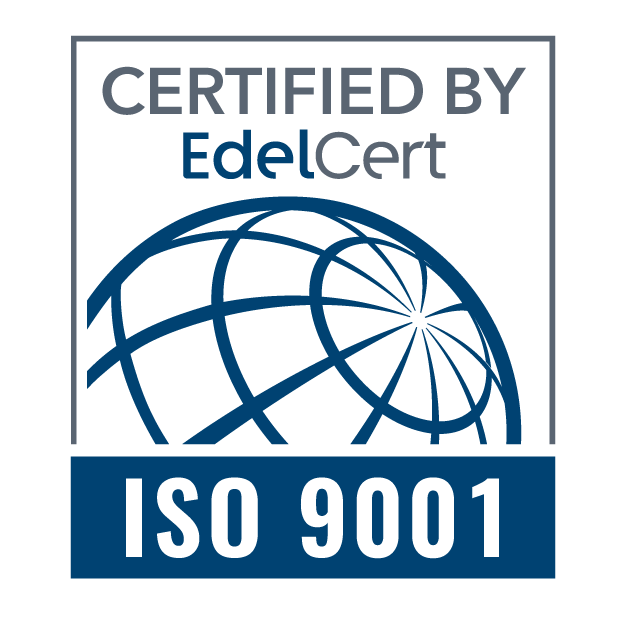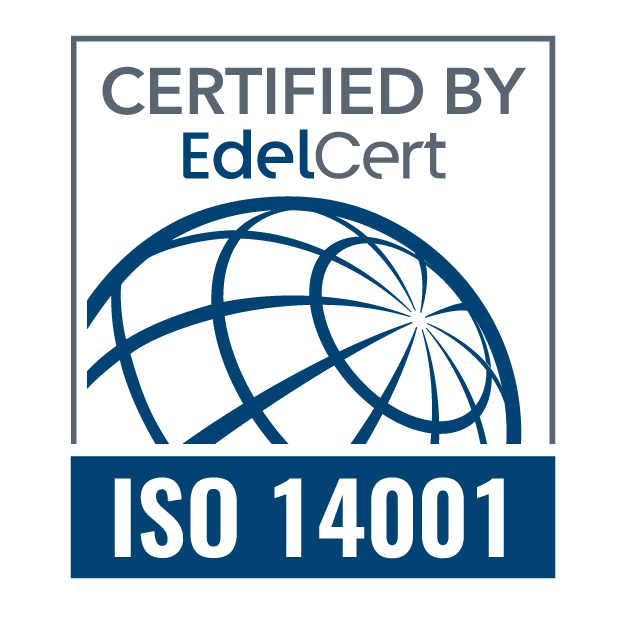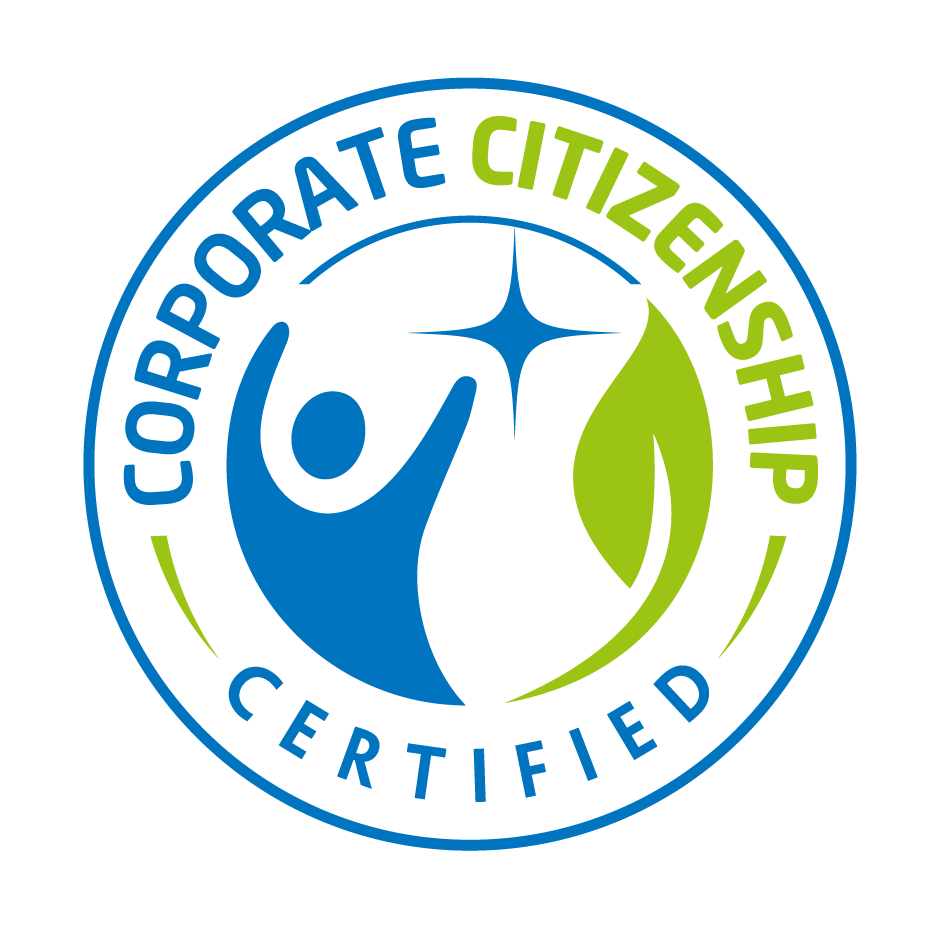Surface treatments
The activity that has made COLORAL's reputation is surface treatment, i.e. the colouring of materials by various meticulous processes explained below.
Electrochemical techniques
ALUMINIUM ANODIZING
Aluminum anodizing is an electrochemical process that consists of growing a porous
and colorable oxide layer on the surface of the part. This layer has unique
characteristics, which improve the mechanical and tribological properties of the part:
it becomes anticorrosive and colorable (while preserving its metallic character).
COLORAL distinguishes two types of anodizing :
- decorative sulfuric anodizing
- GL anodizing GL
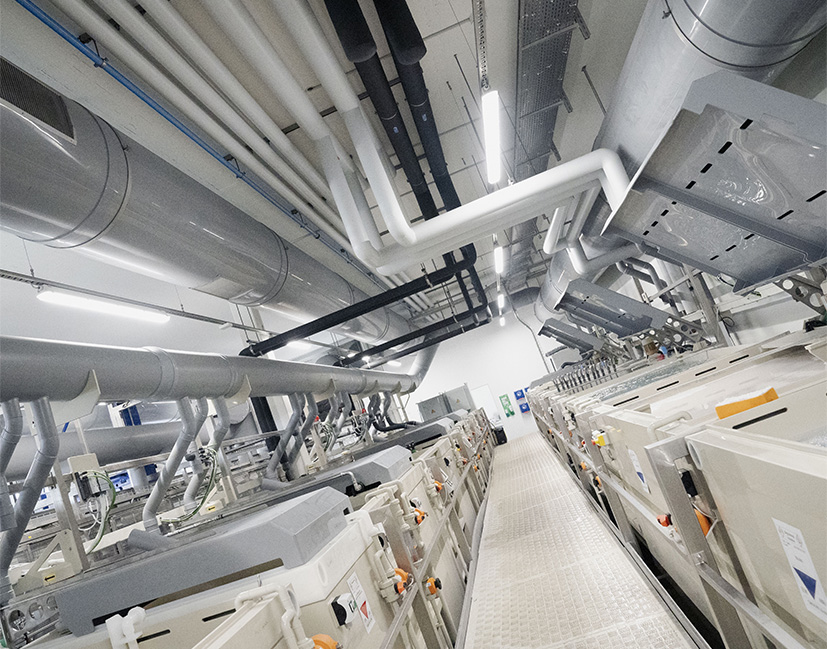
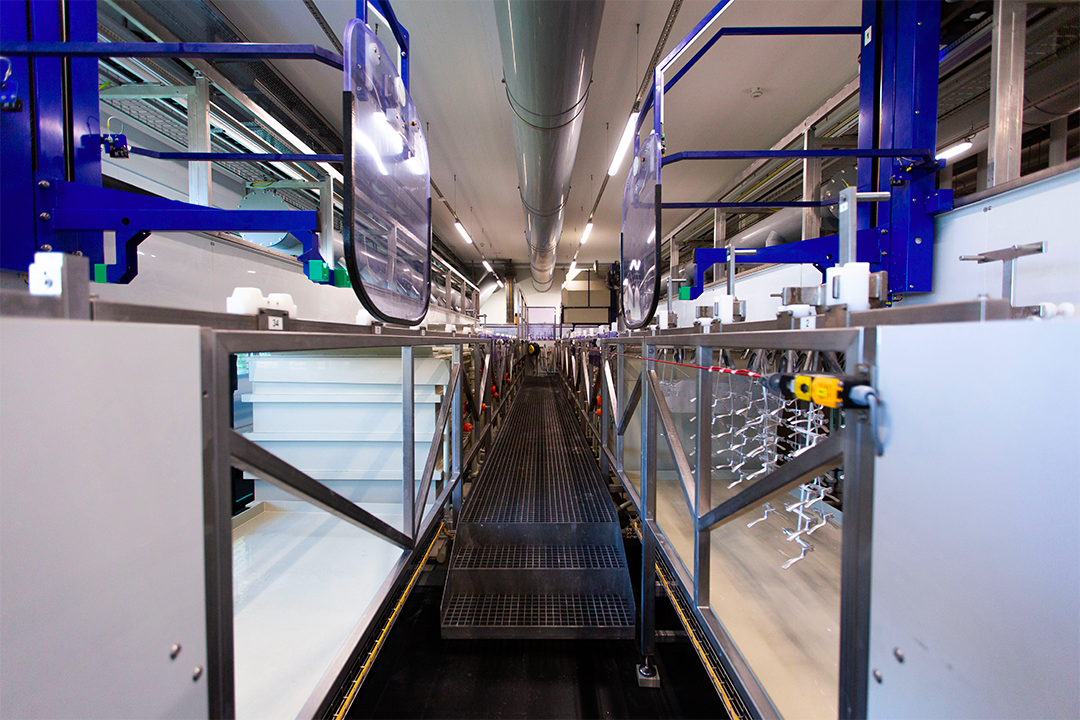
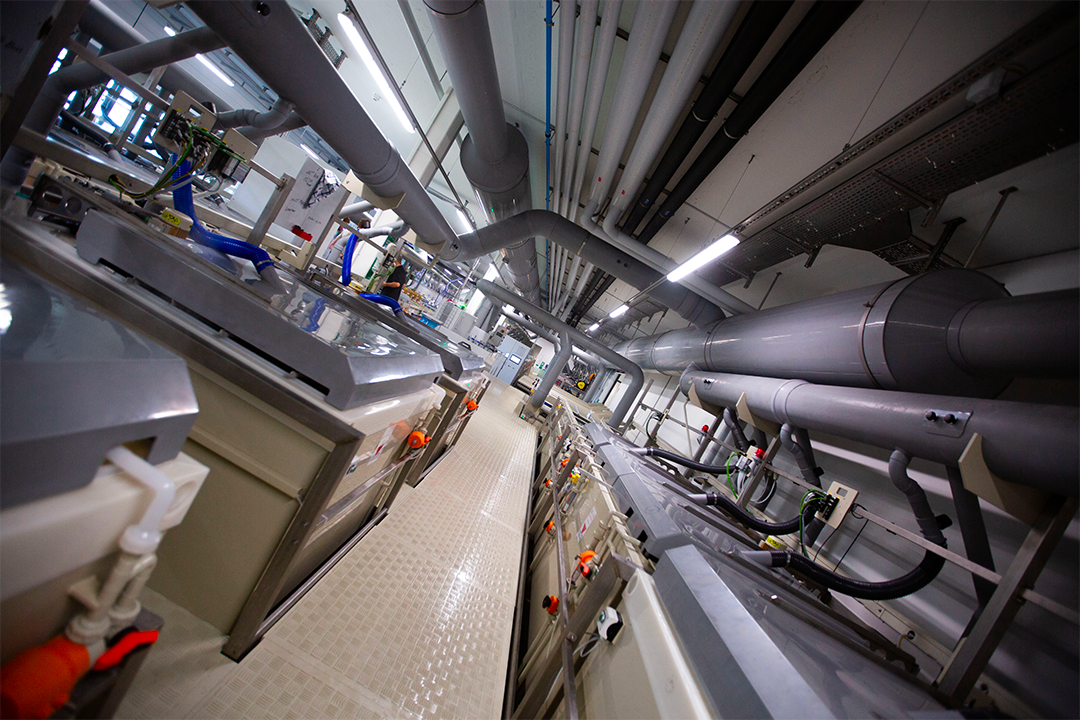
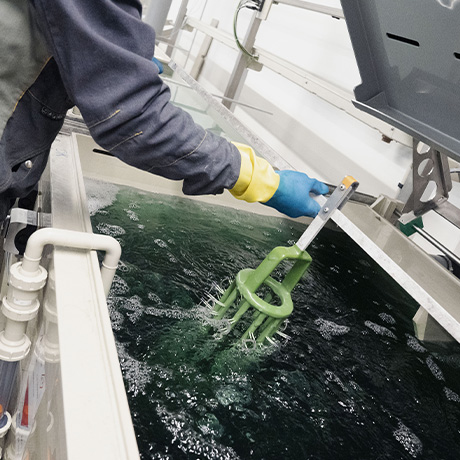
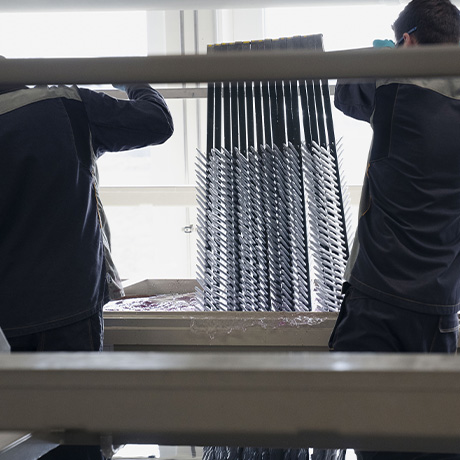
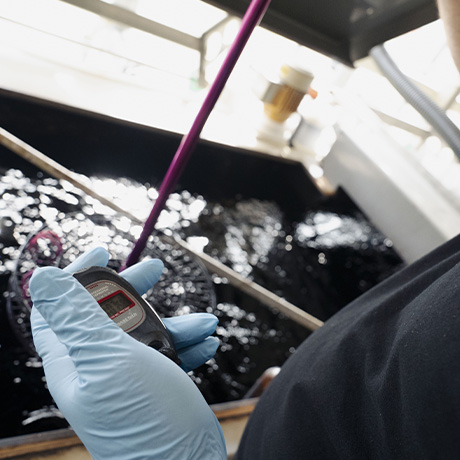
TITANIUM ANODIZING
As with aluminum anodizing, COLORAL now offers two types of titanium anodizing:
• Colored anodizing of titanium
• Type 2 anodizing according to the AMS2488 standard
The colored anodization of titanium or its alloys is an electrochemical process that
leads to the formation of a very thin and colored surface oxide layer.
This layer is used as an interference filter and its color is related to the thickness generated.
Depending on the applied voltage, the color spectrum of the layer varies considerably.
![]()
The applications are numerous: medical, watchmaking, jewelry, aeronautics, etc…
COLORAL has an installation allowing to prepare and anodize parts with a maximum
size of 800 x 800 x 800 mm
Type 2 anodizing, according to the AMS2488 standard on Grade 5 titanium, is a
specific electrolytic process that creates a layer of titanium oxide of a few microns.
The color of the resulting coating is anthracite-gray. The coating provides some
interesting characteristics:
• Better resistance to friction, reduction of wear
• Anti-seize
• Better resistance to fatigue
• Better resistance to corrosion
It also improves the biocompatibility of the product, hence its use on medical
implants.
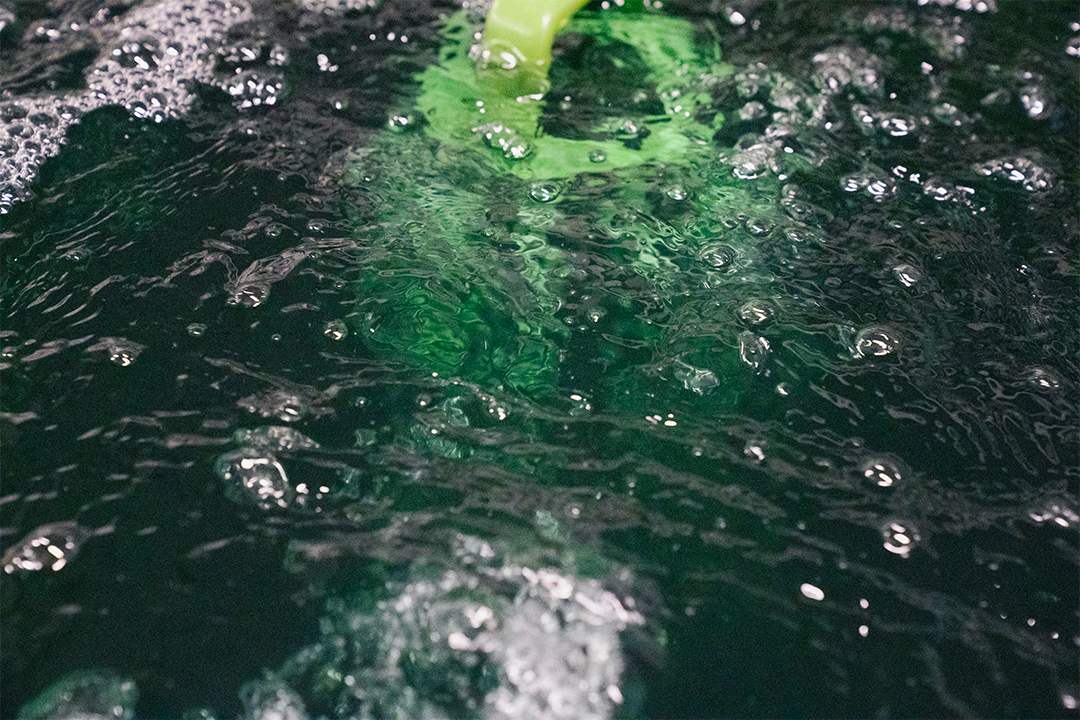
CHEMICAL CONVERSIONS (ALODINE)
COLORAL proposes two kinds of conversions. Alodine 160/161 which gives a yellow shade to the parts and alodine 400, a neutral color. These treatments protect aluminium from corrosion while the electrical conductivity remains and are compatible with ROHS norms. These treatments are also used as under layer before painting.
DECORATIVE TECHNIQUES
LASER ENGRAVING
Logos and texts can be marked on almost every material. The laser beam removes
part of the material, visualisation being made by contrast. This technique is often
used on anodised and colored aluminium, by removing the colored layer, the contrast
of the engraving with aluminium shade on a colored background is excellent. This
process using computer files (for example DXF, Illustrator…) which can help
COLORAL customers to give easy directions for what they want to engrave. This
way, personalised and serial number printings can be done at a low cost.
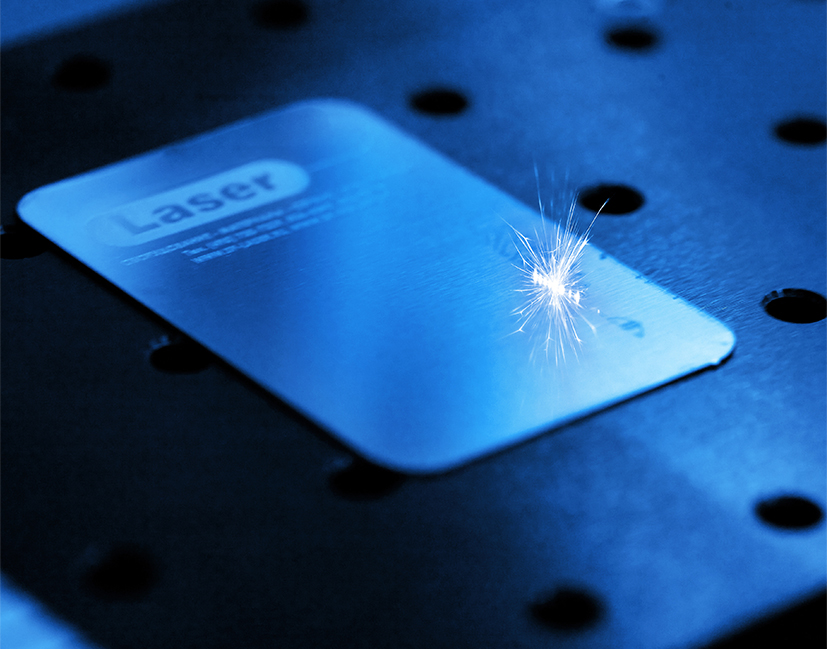
SILKSCREEN PRINTING
The prints are made in the oxide layer. The marking is not palpable.
There are two different methods of silkscreen printing:
- Aluprint : deposit of various inks shades into the oxide layer.
- Selective screen : selective introduction of a colorant into the oxide layer.
Silkscreen printing allows larger printings and printing on cylindrical parts.
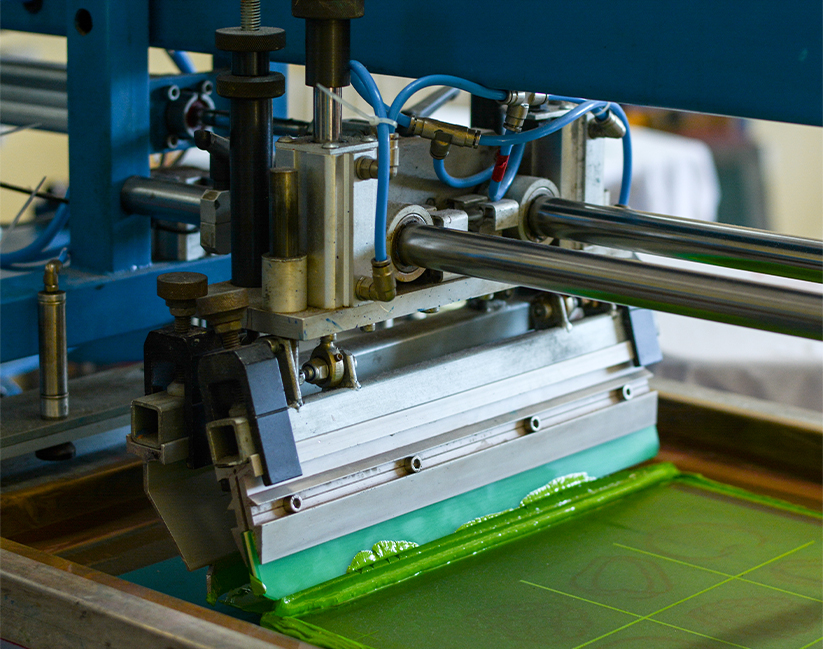
SANDBLASTING
The principle is based on the use of a live force to hit the surface of the part ; the
projected particle leaves a trace. The addition of thousands of traces left on the part
gives a regularly mat final aspect.
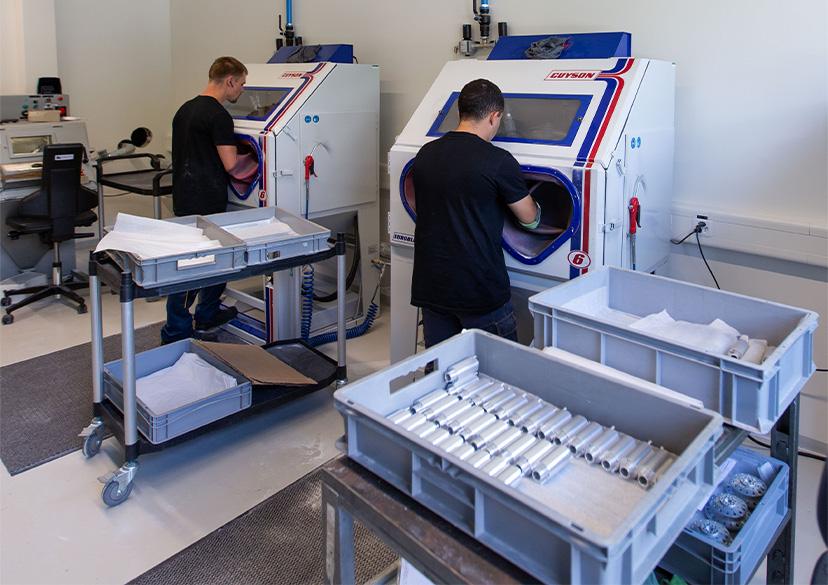
PAD PRINTING
Process allowing to print logos or texts by transfer from a plate to the part via a
stamp. The printing is done into the oxide layer, so it is not palpable.
There are two different methods:
-
- Aluprint : Deposit of various inks shades into the oxide layer.
- Selective screen : Selective introduction of colorant into the oxide layer.
Deposit of varnish on the oxide layer, the printing is palpable.
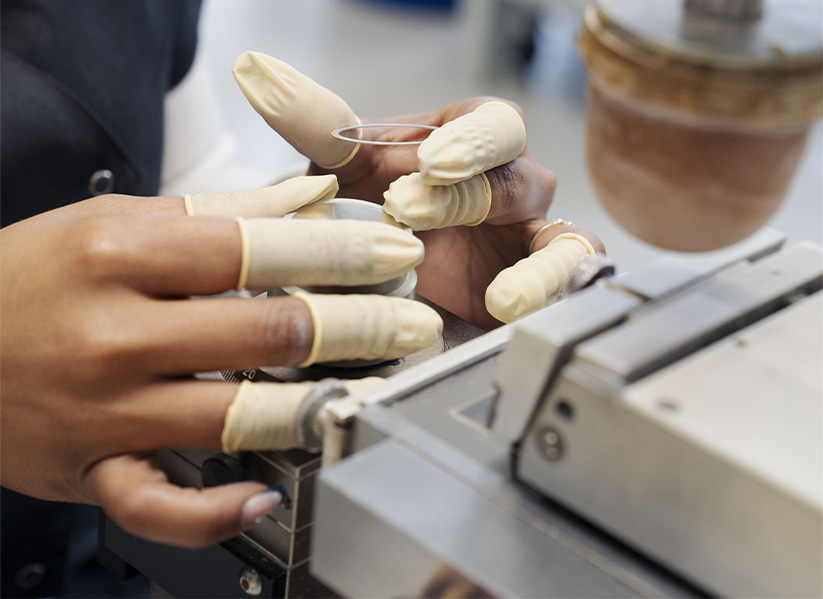
OUR CERTIFICATIONS
Certified ISO 9001 and 14001, COLORAL pays particular attention to the quality of your products. At Coloral, social and environmental aspects are part of our core values, we are certified as a Citizen Company.
